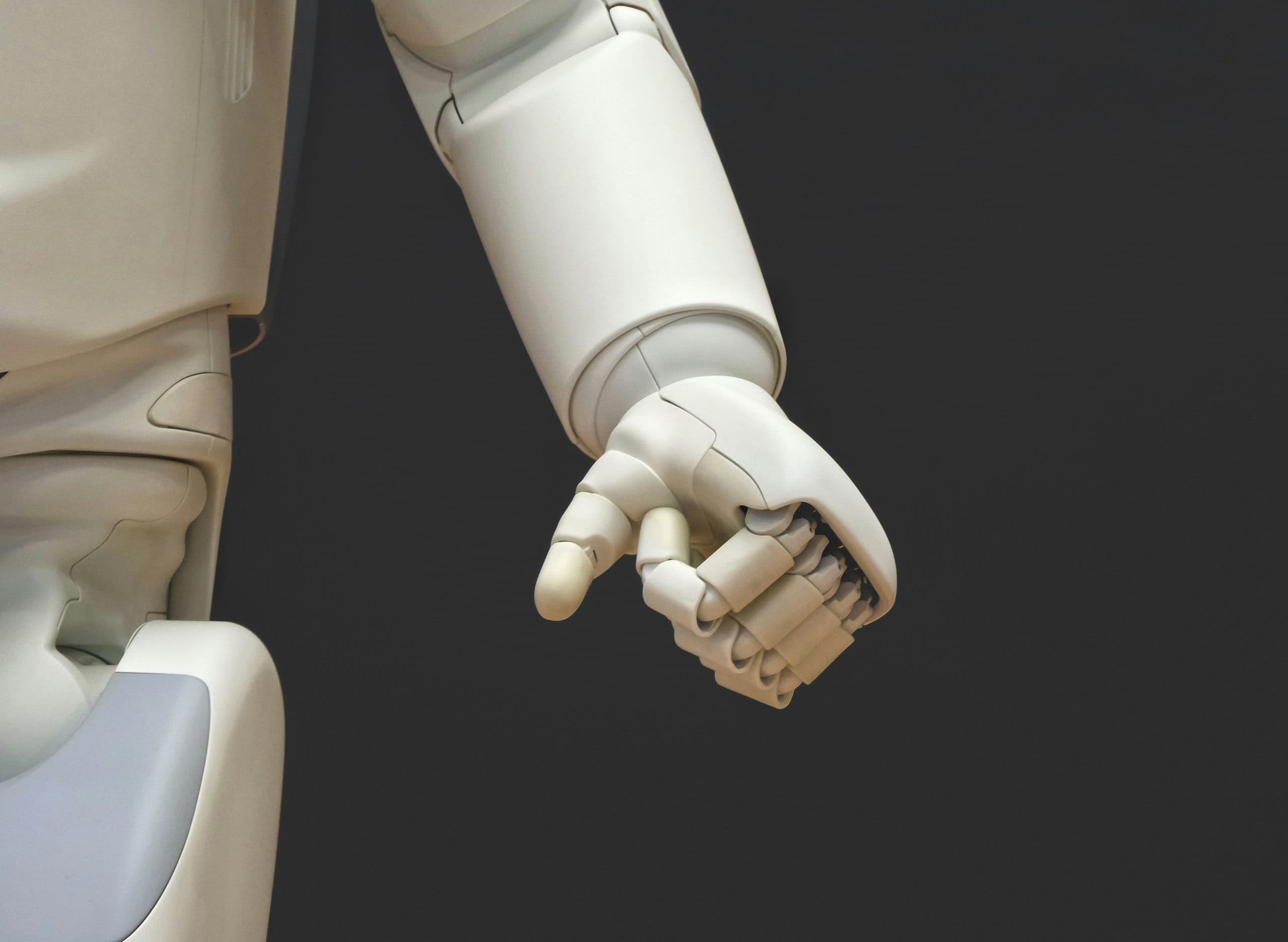DATE
4th July 2025
CATEGORY
Artificial Intelligence

Hyperautomation is a buzzword that signifies the next level of process automation, integrating advanced technologies to magnify efficiency and productivity across an organization. At its core, hyperautomation is about automating as many business processes as possible using AI, robotic process automation (RPA), machine learning, and other cutting-edge technologies.
The significance of hyperautomation in modern business lies in its ability to streamline operations, enhance agility, and reduce costs. Businesses can rapidly scale operations while minimizing manual strain, allowing teams to focus on more strategic tasks.
Key components of hyperautomation include AI, RPA, analytics, and process mining technologies. These components work in unison to analyze workflows and identify automation opportunities.
Driving factors behind the rise of hyperautomation often include the need for greater operational efficiency, the COVID-19 pandemic’s push towards digital transformation, and the increasing availability of sophisticated AI technologies.
Industries such as finance, healthcare, and supply chain management have successfully implemented hyperautomation strategies, seeing heightened efficiency and improved service delivery. For instance, in the healthcare industry, automation helps speed up patient processing and data management.
Pro Tip: To effectively implement hyperautomation, conduct a thorough audit of existing processes. Identify repetitive tasks and evaluate automation tools available in the market to optimize workflows effectively.
The Emergence
Generative AI refers to systems that can generate text, images, music, and more based on data input. Unlike traditional AI models that typically classify data or make predictions based on established algorithms, generative AI can create entirely new datasets or outputs.
This capability marks a significant evolution in AI technology. Recent advancements, such as transformer models and large language models (LLMs), have greatly enhanced generative AI’s potential. For example, systems like OpenAI’s GPT-3 can produce human-like text based on prompts, merging creativity with algorithmic efficiency.
Today, generative AI finds applications across diverse sectors, from creating marketing content personalized for consumer segments to designing products based on consumer preferences and trends.
Pro Tip: Keep an eye on leading generative AI models. Experiment with different platforms to understand their capabilities and see how they can improve your processes and products.
How Generative AI Enhances Hyperautomation
Generative AI significantly enhances hyperautomation by automating complex processes that require sophisticated outputs. Imagine AI creating detailed reports or summaries from vast datasets—this capability can free up human resources for more critical tasks.
Moreover, generative AI enhances decision-making by providing data-driven insights. By analyzing and synthesizing information, it can present actionable intelligence that empowers teams to make informed choices swiftly.
Generative AI also streamlines creativity and innovation in product development. By generating ideas based on market trends and customer feedback, businesses can accelerate their go-to-market strategies while minimizing risks.
Efficiency in customer interaction is another significant benefit. Implementing generative AI in chatbots allows for more natural conversations, improving customer service and engagement while reducing costs.
Pro Tip: Collaborate with generative AI tools in brainstorming sessions. They can offer unexpected solutions, enhancing creativity and providing fresh perspectives in product development.
Challenges and Considerations
While integrating generative AI into hyperautomation presents opportunities, businesses must address challenges surrounding data privacy and security. With increased reliance on data, effective data governance strategies are essential.
Balancing human oversight with AI-driven decision-making is another critical consideration. While generative AI can enhance processes, ensuring human judgment remains vital in the final decisions can mitigate risks.
Quality control of outputs generated by AI is also paramount. Organizations must establish guidelines and standards to ensure that AI-generated content meets both brand expectations and regulatory compliance.
Lastly, continuous training and updating of AI models are integral to maintaining efficacy. The dynamic nature of AI learning requires organizations to commit to regular assessments and adjustments.
Pro Tip: Set up a cross-functional team involving IT, compliance, and operational staff to create a robust governance framework that addresses these challenges effectively.
Case Studies: Success Stories of Generative AI in Hyperautomation
Numerous companies leverage generative AI for automation. For instance, a leading insurance firm automated claims processing using AI, leading to a 50% reduction in processing time and a boost in customer satisfaction.
Another example includes a major retail chain utilizing generative AI for inventory management, resulting in a remarkable 30% decrease in overstock costs and improved turnover rates.
These success stories provide significant lessons, such as the importance of aligning AI strategy with business goals and the need for comprehensive change management to ease the transition.
Pro Tip: Conduct before-and-after analyses to measure the success of your generative AI implementations. Metrics can guide future decisions and build a strong case for further investments.
The Future of Hyperautomation with Generative AI
The evolution of generative AI technology is set to redefine hyperautomation in the future. With expectations that AI will become increasingly capable of nuanced human-like understanding, the potential applications are vast.
This evolution may alter workforce dynamics significantly, with AI taking over routine tasks while humans focus on more strategic, creative roles. Business leaders should prepare for this transition by upskilling their teams to work alongside AI tools.
Trends in AI and automation that leaders should watch include AI explainability, increased integration of AI into everyday business tools, and a shift towards hybrid models that combine human and AI efforts.
Ultimately, the importance of staying adaptable in this rapidly changing landscape cannot be understated. Businesses need to embrace change and view AI not just as a tool but a partner in growth and innovation.
Pro Tip: Cultivate a culture of experimentation within your organization. Encourage teams to explore AI applications that may lead to groundbreaking improvements in processes and strategies.



